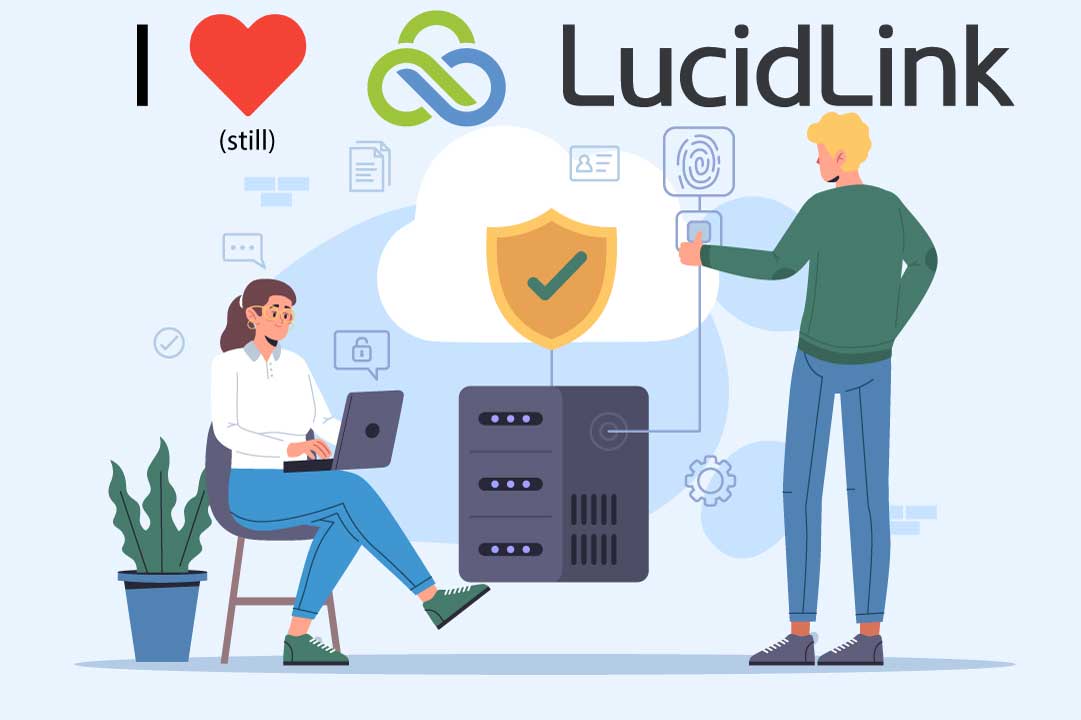
Don’t Let a Cloud Outage Sink Your Data
This week’s outage showed us that a lot of studios, teams, and large corporations had no backup plan for when (not if) a service like LucidLink goes down. To be honest – in the ~4 years I’ve been recommending (and using) LucidLink – it has never been down for more than a few hours. As the world of post-production evolves and teams are spread farther and farther apart, people rely on LucidLink and similar services to get their work done. However, the need to have a backup or contingency plan in place is just as important, and many are finding this out the hard way. Data redundancy and backup are critical considerations. While LucidLink provides seamless access to your files, you can’t treat these clouds as impenetrable fortresses for your data. Cloud providers can still experience outages and disruptions that impact service availability. That’s why having a robust multi-source backup strategy is so important.
The Risk of Relying Solely on Cloud File Services
When you store all your data in a single cloud file service, you’re putting your business at risk if that service experiences an issue. Natural disasters, cyber attacks, software bugs, or operational failures could all potentially cause service outages or data loss. While LucidLink offers excellent connectivity to the cloud, if the underlying storage itself is impacted (or in the case of this outage, the metadata controllers), you could face disastrous data accessibility issues. Extended downtime, compliance risks, and permanent data loss are real possibilities without proper backup protection.
The Power of Redundant Backups Across Multiple Sources
To safeguard against this risk, we recommend a data redundancy approach sometimes called “3-2-1 backup.” This means having at least 3 copies of your data across 2 different storage mediums or providers, with 1 copy in a separate offsite location. Applied to LucidLink, this could mean:
- One copy in your primary LucidLink file space (e.g., IBM, Wasabi, or your custom S3 provider)
- A second copy synchronized to a local storage system like a NAS or large hard drive
- A third copy synchronized to a different S3 bucket provider like Backblaze B2, Storj, or any of the big companies like Google, Dropbox, Box, etc.
By distributing backups this way, you ensure that even if one cloud source fails, you still have accessible copies to rely on. The convenience of cloud file services doesn’t eliminate the need for comprehensive data redundancy. By integrating LucidLink with a multi-source backup strategy, you get seamless cloud access plus bulletproof data resiliency.
Need help getting a solid plan in place? We would love to help. Contact us for a free chat about our process and how all of our clients had little to no issues with this recent outage!


